Report this entry
More from the same community-collection
Butterfield ---El Paso Museum of History
The Butterfield Trail exhibit at the Museum of History. ...
Juana Maria Ascarate de Stephenson
She was a daughter of the Ascarate family who were big land ...
Mrs. C. Jane Hawkins christening the USS Hawkins
Mrs. Hawkins was the mother of 1st Lt. William Deane Hawkins, ...
First Mayor of El Paso, Benjamin Dowell
First mayor of El Paso Benjamin Shacklett Dowell came to El Paso ...
Distributing Gifts at Sun Carnival Event
Dr. Schuessler, Dean Miller, Sun Queen Pamela Ann MacGuire.
Sun Carnival Coronation and Sun Court Committee
Left to right are :Dean C. Miller, V. P, Mrs. Hidler, Mrs. ...
Annual Sun Bowl Parade - State National Bank - in 1947
The Sun Bowl was chartered in 1934 making it the second oldest ...
Annual Sun Bowl Parade - State National Bank- 1966
The Sun Bowl was chartered in 1934 making it the second oldest ...

















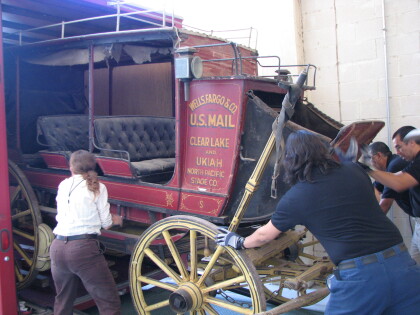
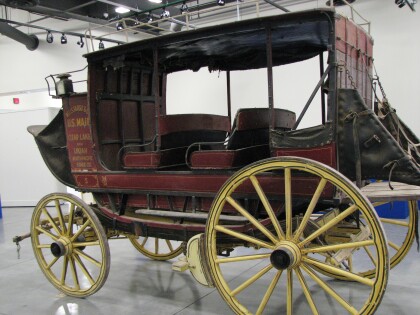
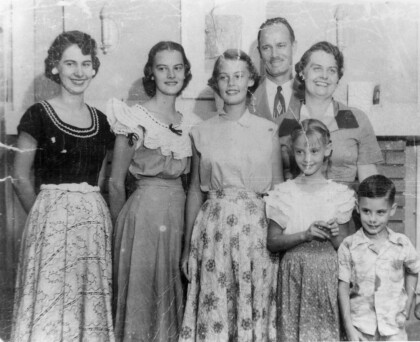
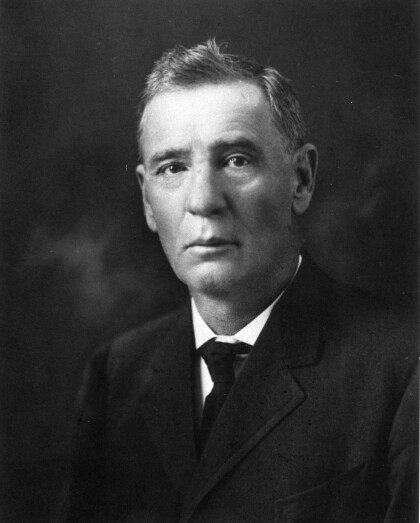
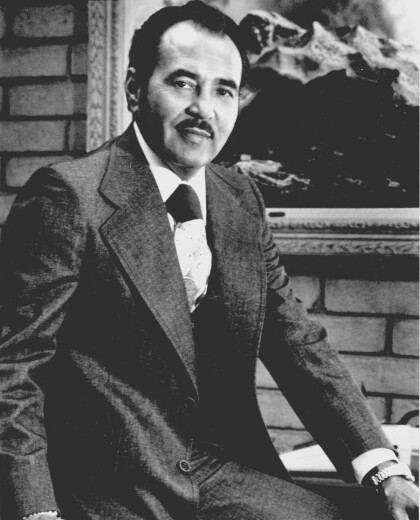
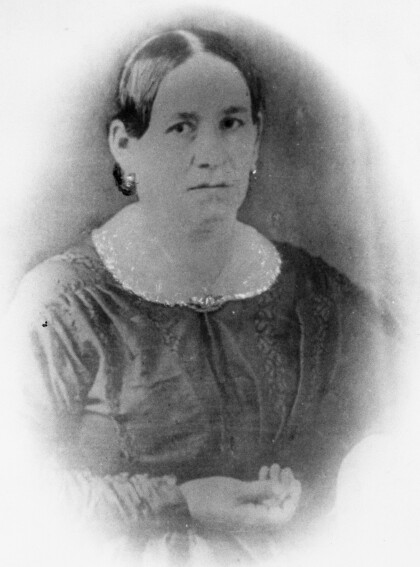
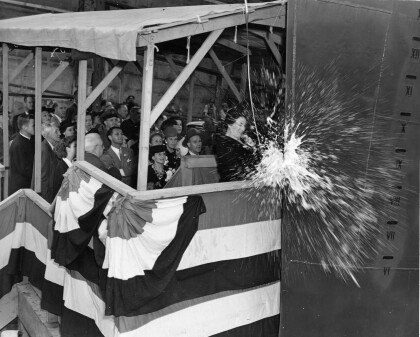
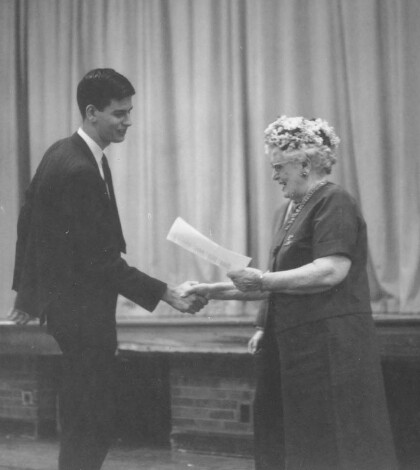
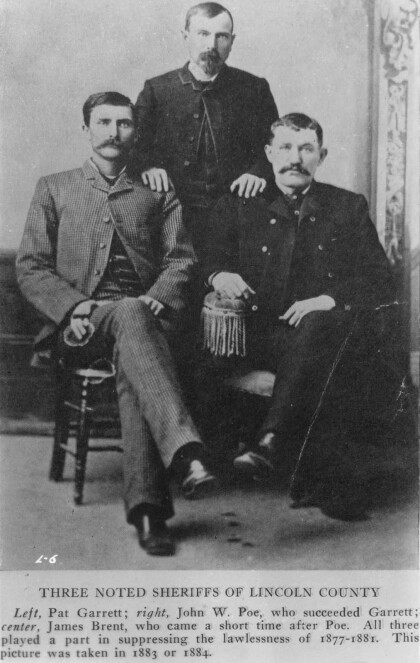
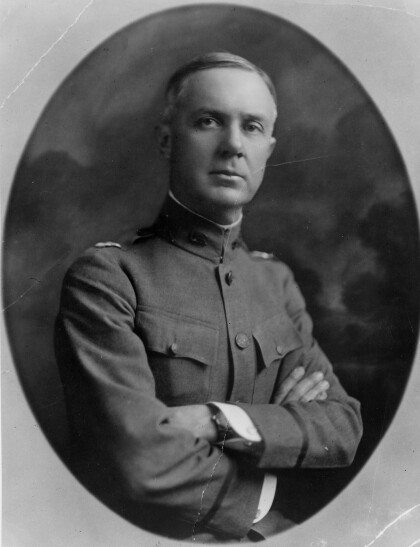
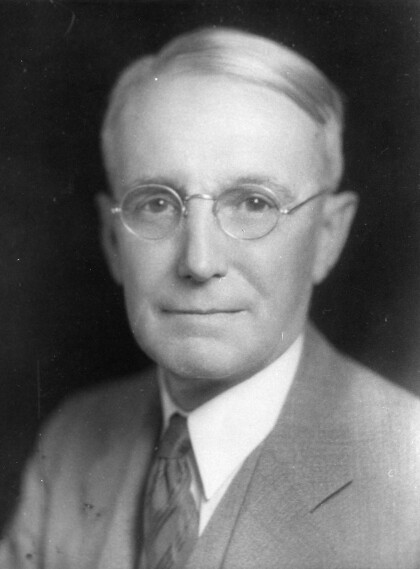
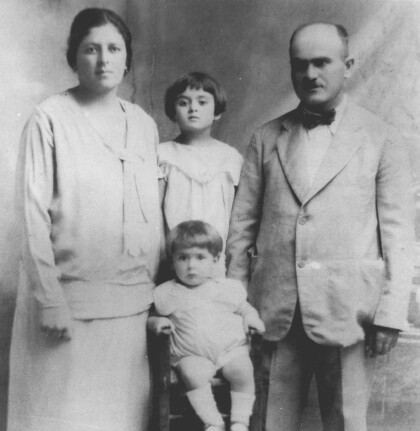
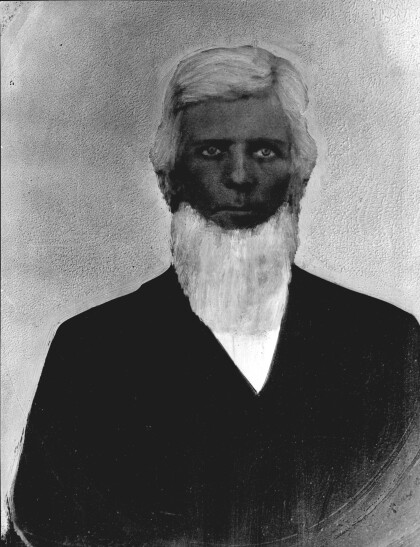

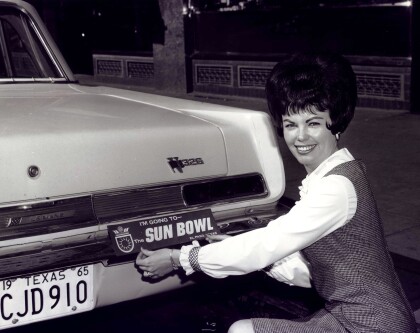
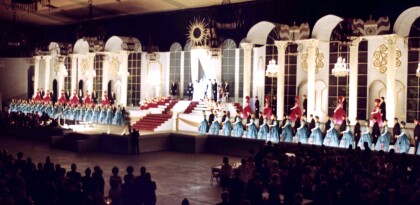
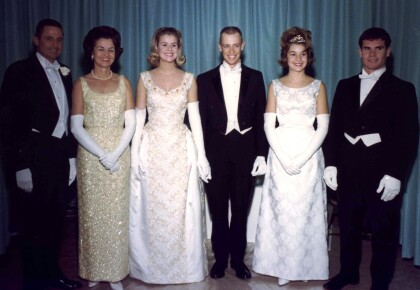
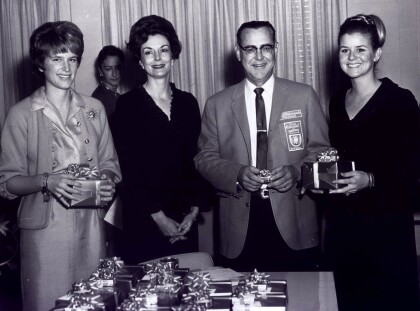
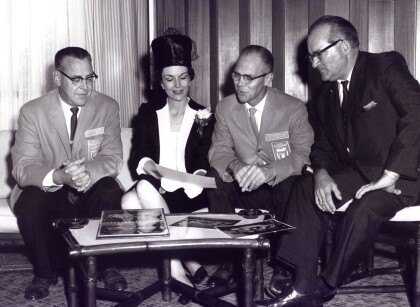
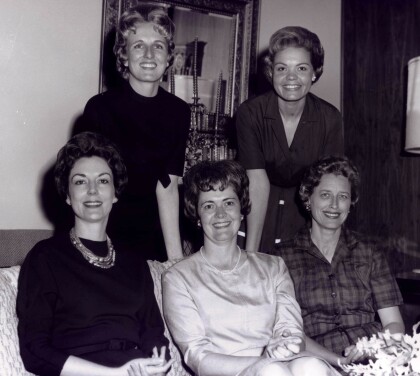
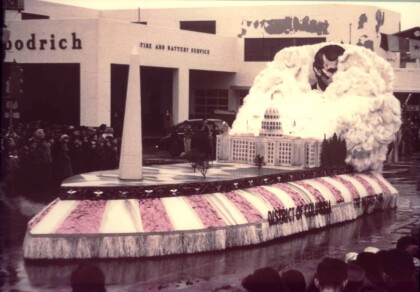
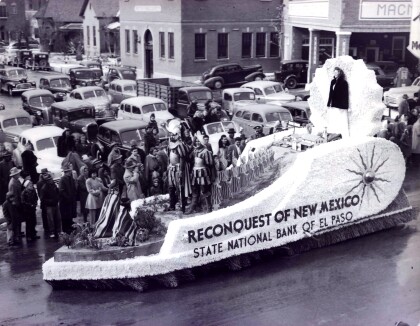
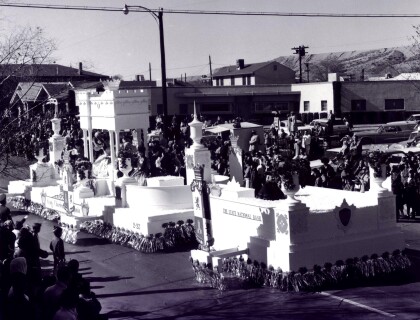
Comments
Add a comment